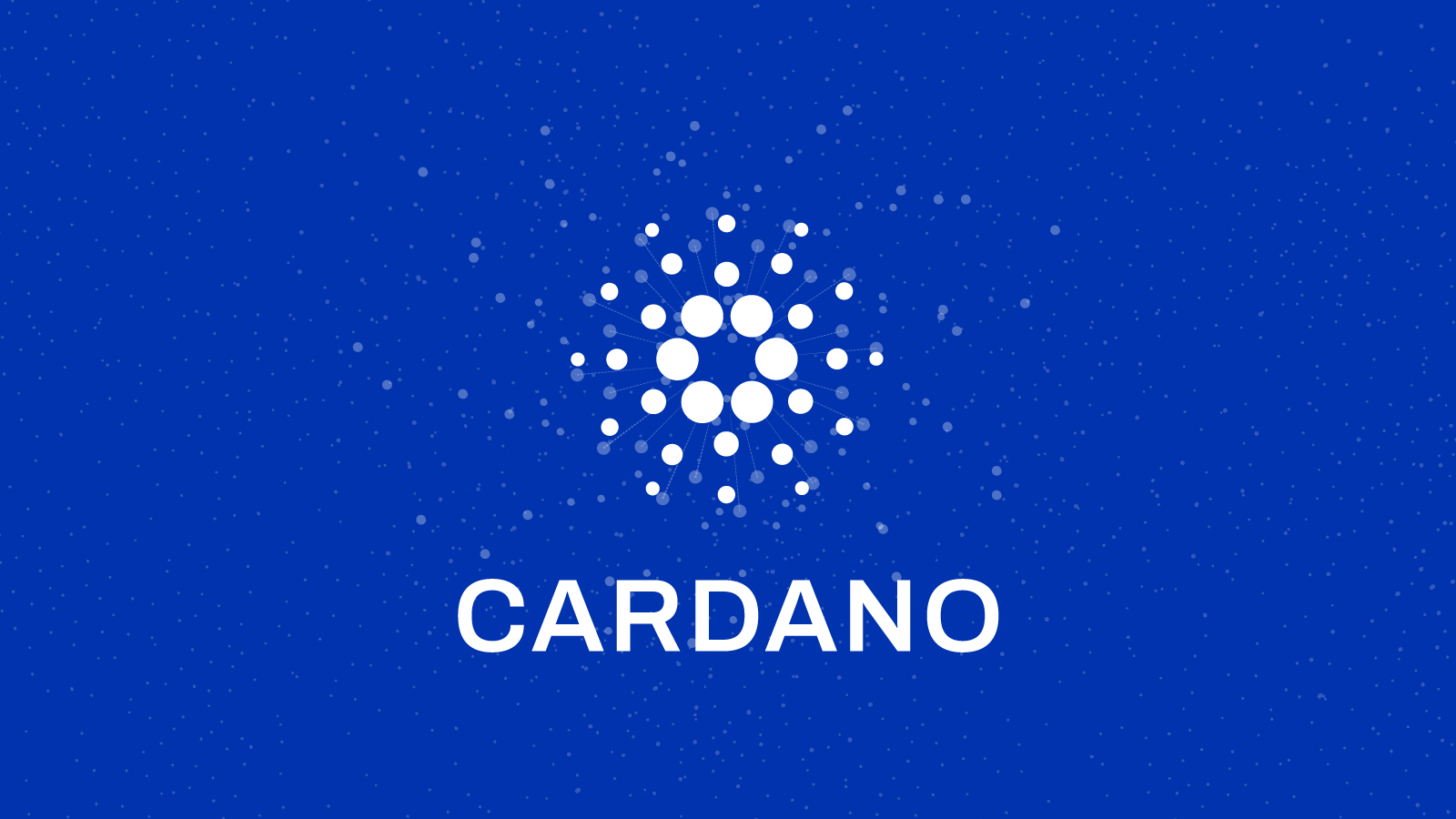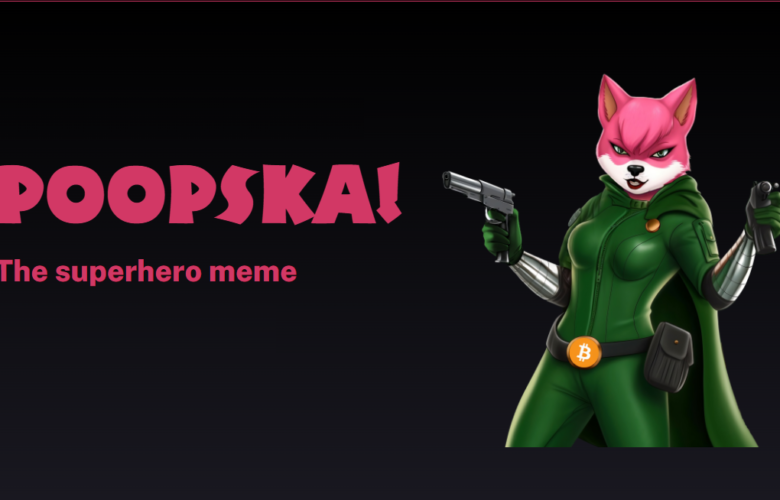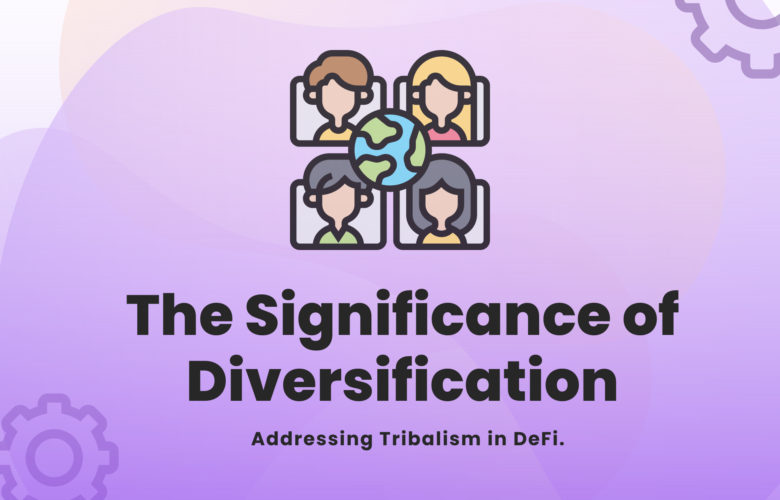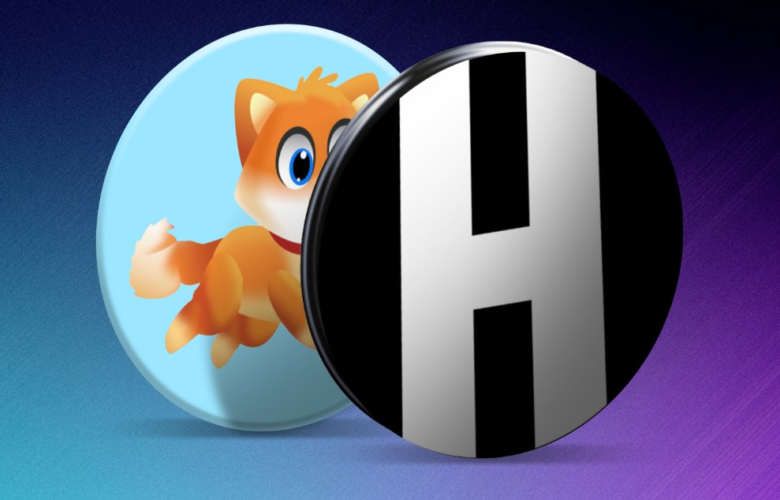# Name Price Market Cap Change Price Graph (24h)
Crypto coin Cardano is among the most prominent cryptocurrencies in terms of market size. It’s designed to be a scalable, adaptable, and long-lasting blockchain platform for smart contract execution, allowing for the creation of a variety of decentralized finance apps, crypto coins, games, and much more.
It’s envisioned as a next-generation version of Ethereum, with a blockchain that’s a flexible, secure, and scalable platform for running smart contracts, enabling the development of a wide range of decentralized banking apps, new crypto coins, games, and much more.
However, as of March 2021, developers had yet to implement smart-contract capabilities. Cardano plans to release smart-contract functionalities in the second quarter of 2021, putting the project closer to its objective of giving developers a powerful, secure, scalable, and energy-efficient blockchain platform.
The native cryptocurrency of the Cardano blockchain is ADA, which can be bought or sold on exchanges like Coinbase, same to how the Ethereum blockchain’s native coin is ETH. ADA may now be used to retain assets (possibly as part of an investment portfolio), receive and send payments, and stake and pay transaction fees on the Cardano network.
What is Cardano and how does it work?
Cardano aspires to be the most eco-friendly blockchain platform available. It employs a novel proof-of-stake consensus technique dubbed Ouroboros, rather than the energy-intensive proof-of-work approach employed by Bitcoin and Ethereum.
What is the definition of evidence of work? Without a central authority like Visa or PayPal in the middle, decentralized cryptocurrency networks must ensure that no one spends the same money again. To do so, they employ a “consensus method”. Proof of work was the first crypto consensus method, and it was popularized by Bitcoin mining.
Proof of work necessitates a massive volume of processing power, which is provided by virtual “miners” from around the world trying to solve a time-consuming arithmetic puzzle first.
The winner receives a fixed sum of cryptocurrency in exchange for updating the blockchain with the most recent verified transactions.
What is the definition of stake proof? Instead of a network of miners racing to solve a challenge, proof of stake uses a network of invested players known as validators. Validators stake their own ADA rather than let miners to use their computational capacity to defend the network and validate transactions.
The network picks a winner based on how much ADA each verifier has in the pool and how long they’ve maintained it there, rewarding those who have put the most effort into it.
Once the winner has approved the authenticity of the most recent block of transactions, other validators can testify to it. When a sufficient amount of verification has been made, the blockchain is updated.
The network distributes the reward in ADA proportionally to each validator’s stake to all participating validators.
While being a validator entails a significant amount of responsibility, interested parties can alternatively earn ADA by “delegating” a portion of their crypto to a staking pool managed by someone else.
There are two levels to the Cardano blockchain: The Cardano Computing Layer (CCL) and the Cardano Settlement Layer (CSL) are two layers that make up the Cardano blockchain. The CSL is in charge of keeping track of accounts and balances (and is where the transactions are validated by the Ouroboros consensus mechanism). The CCL layer handles all calculations for apps that operate on the blockchain via smart contract activities.
The Cardano network can execute up to a million transactions per second by splitting the blockchain into two tiers.

What is Cardano native tokens, and how do they work?
The Cardano blockchain allowed for the creation of native coins on March 1, 2021. Cardano native assets, just like Ethereum tokens (including NFTs and stablecoins like USD Coin), may be created, distributed, and interacted with smart contracts on the blockchain.
Different from Ethereum-based tokens, Cardano native tokens are not minted by a smart contract. They are instead based on the same design as the ADA coin. Cardano native assets are now “first-class citizens” on the blockchain, according to the non-profit Cardano Foundation. Their native architecture has the potential to make these coins more secure and minimize transaction fees.
Cardano’s brief history
The Ouroboros consensus technique was created by a group of computer scientists and cryptographers from the Tokyo University, University of Edinburgh, and other institutions, and was published in peer-reviewed publications. Their end goal was to create a decentralized network that could validate transactions in a scalable and safe manner, all while keeping the Cardano platform as energy-efficient as possible.
What is ADA?
Cardano, a third-generation blockchain (or blockchain 3.0) project created by Ethereum co-founder Charles Hoskinson in September 2017, aims to improve on the technology pioneered by Bitcoin (1st gen) and Ethereum (second-gen). Cardano wants to create a smart contract platform that is both scalable and energy-efficient.
ADA (named after Ada Lovelace, a 19th-century mathematician renowned as the “world’s first computer programmer”) is the native cryptocurrency of the Cardano platform. Cardano is supported by ADA tokens, same as Ethereum is supported by ETH tokens. They’re used to paying transaction fees and staked by validators (and delegators) that want to receive incentives in exchange for helping to keep the network secure and stable.
ADA will be utilized as a governance token in the future, allowing holders to vote on Cardano platform updates and upgrades.
What is Cardano’s next step?
In the second quarter of 2021, smart contract capability is scheduled to be enabled to the Cardano platform. Developers want to create the blockchain compatible with Ethereum-based smart contracts in the future, allowing it to run a wide range of current apps and allowing developers to work on Cardano projects using the Solidity programming language.
To fund the network’s future, Cardano also plans to decentralize totally by developing community-driven governance and an automated treasury mechanism.
Cardano: https://cardano.org/
ADA on Coin Market Cap: https://coinmarketcap.com/currencies/cardano/




 Bitcoin
Bitcoin  Ethereum
Ethereum  Tether
Tether  Solana
Solana  USDC
USDC  XRP
XRP  Lido Staked Ether
Lido Staked Ether  Dogecoin
Dogecoin  Toncoin
Toncoin